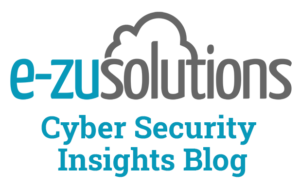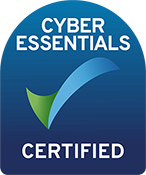Advanced Email Threat Protection (ATP) Vs. Traditional Email Security
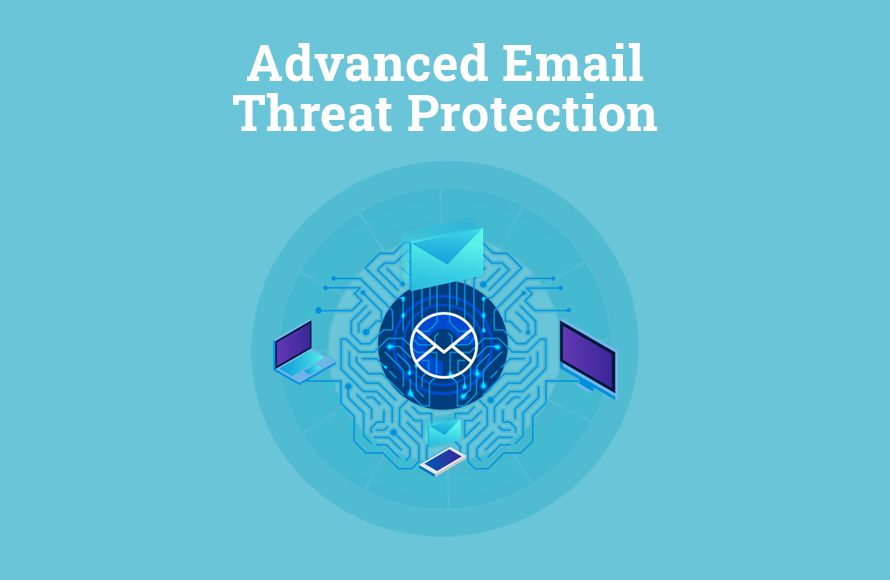
Modern Cyber Attacks are Bypassing Traditional Email Security
Modern cyber attacks are evolving at a faster rate than ever before, not only in terms of sophistication, but also in the sheer number of cybercrime operations active today. New ransomware attack models and new strains of other malware threats are designed to evade traditional detection, and they are doing so more and more successfully every single day.
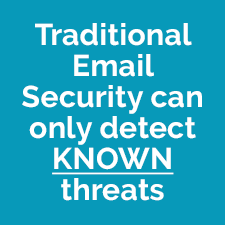
The simple truth is, traditional email security is no longer capable of dealing with modern, persistent threats.
Why? It’s because traditional signature-based email security can only deal with known threats – looking at pre-defined rules and scanning against a list of known malware and known bad senders. This approach left a wide security chasm that enabled modern threat actors (the criminal groups and individual hackers who target organisations) to utilise techniques that bypass these traditional protection models with relative ease, simply by deploying targeted zero-day (or sometimes known as zero-hour) attacks or exploits that have never been seen by an organisation’s security layer before.
Did you know? According to the Wall Street Journal, 97% of all cyber-attacks start with a Phishing or Spear-phishing email.
In a large study of over 50,000 mailboxes, SonicWall’s 2020-2021 ATP Report showed that traditional email security was only catching widespread, previously known attack methods — which made up about 41% of all cyber attacks. That means a whopping 59% of cyber attacks were bypassing these traditional measures, most of which were the persistent, zero-day attacks favoured by modern day threat actors.
Advanced Threats Require ADVANCED Email Threat Protection
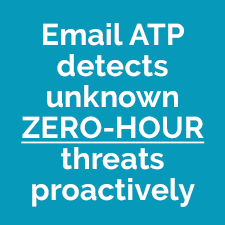
Advanced Email Threat Protection (often known in the industry as ATP) is an incredibly fast-growing area of technology, with many well-known, trusted security players now offering solutions and services for the fight against ever-evolving threats.
Advanced Email Threat Protection solutions are specifically designed to protect an organisation against unknown malware and viruses, offering real-time protection against previously unseen zero-day/zero-hour attacks in a more proactive manner and the protection they offer goes far beyond the limits of traditional signature-based defences.
The Top 5 Key Benefits of a Reliable ATP Solution:
1. Sandboxing
A cybersecurity sandbox is an isolated environment that mimics an organisation’s operating environments. It’s an essential part of any reliable email ATP solution and is used to safely inspect and execute untested or untrusted code without risking harm to the host device or network. Email attachments will automatically be opened in the sandbox environment and will be subjected to a continuously evolving set of tests within a virtual environment. Crucially, what happens in the sandbox stays in the sandbox, without zero effect on the main production environment. If the file found to be safe, it will open as expected. But, if the file is found to be malicious in nature, it is removed automatically.
2. Anti-phishing
Machine learning models and impersonation detection algorithms are common ways in which the best email ATP solutions help to keep an organisation protected from potential phishing or spear phishing attacks. Using specifically designed anti-phishing capabilities, security teams can utilise Advanced Email Threat Protection to check all incoming messages for any indication that it could be a suspicious phishing attempt.
3. Link Protection with Time-of-Click Analysis
All good email ATP solutions should provide reliable time-of-click verification of website addresses. This means that when an email is received that contains a URL, the ATP will automatically automatically check the URL before opening it. That URL will either be identified as blocked, malicious, or safe. If the URL has been blocked, or is identified as malicious, it will typically open a warning page instead of exposing your user to the potentially harmful link.
4. Spoof Intelligence
Spoof intelligence with impersonation and domain protection is another key area that helps to make sure legitimate emails are received, while shielding an organisation from any malicious intent. Advanced spoof filters can determine the difference between legitimate activity and malicious activity. Senders will also be able to be detected and reviewed if they are spoofing your domain, where an Administrator can block those senders if required with just a few clicks of the mouse.
5. Multi-layer Filtering Engines
Strong Email ATP solutions should come with multiple layers of filtering and AV protection working in tandem, usually with 24/7 live threat analysis. This provides better levels of accuracy whilst reducing both false negatives (bad emails getting in) and false positives (good emails kept out), which in turn should reduce the time needed to spend managing the system.
E-ZU’s Instant ‘Ransomware Risk Calculator’
This year’s dramatic surge in cyber attacks and ransomware has led to the National Cyber Security Centre (NCSC) advising that all organisations in the UK consider their current defences. A great way to get started is to take three minutes to assess your organisation’s current ransomware protection level using our Instant Ransomware Risk Calculator.
It covers Advanced Email Threat Protection (which of course we’ve been focusing on in this blog post), along with much more across three key pillars of ransomware survival – Prevention, Security, and Recovery. You will receive a shareable report that delves deeper into the latest ransomware threat models and how to protect against them, whilst delivering a tailored breakdown of your current ransomware protection level, along with actions and recommendations to address any significant gaps in your defences.
Click the banner below to begin…



